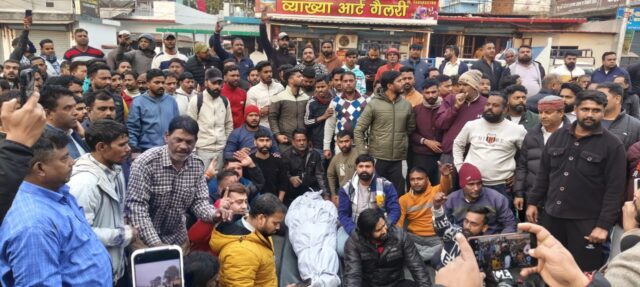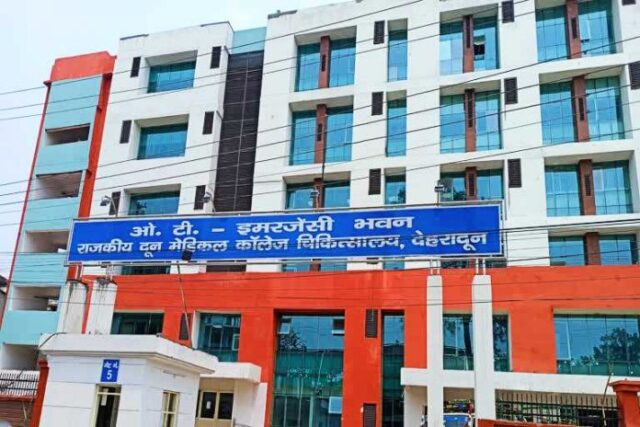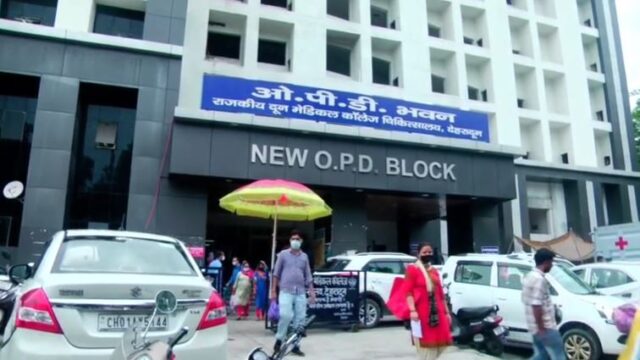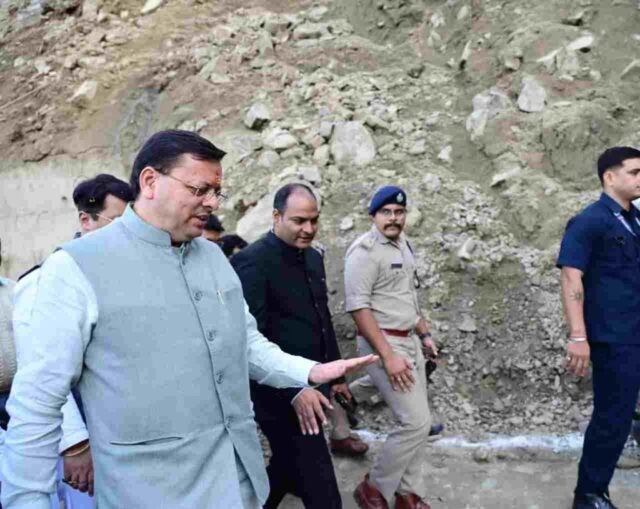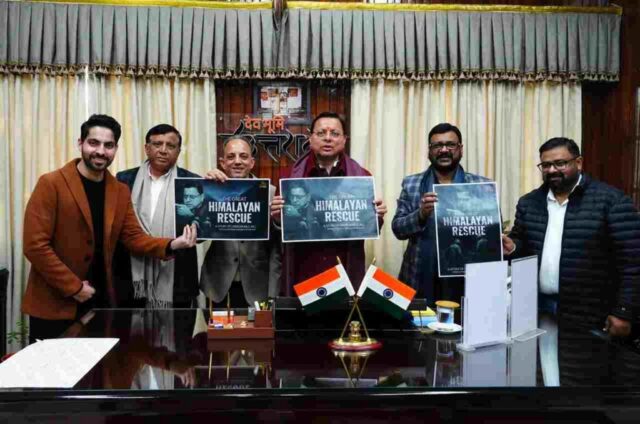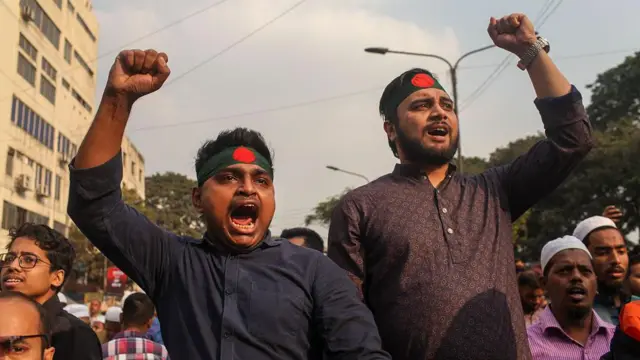Expensive treatment makes six crore people poor in a year, governments spend only 5 rupees per person per day
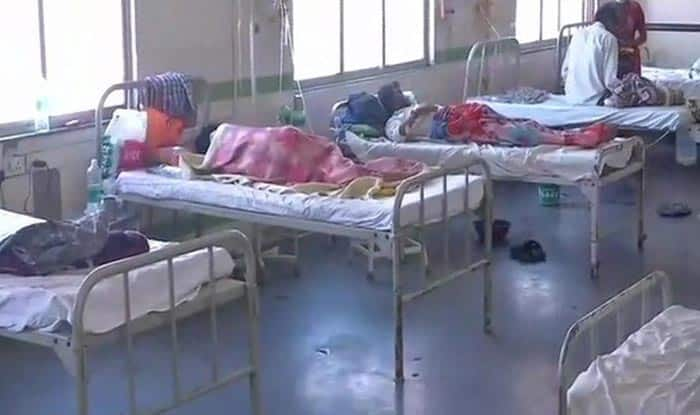
Do you know that every year 63 million people in India have to face poverty just because they have to bear the cost of their health on their own. But why does this happen? The answer is the government’s ignorance. In a country where the government spends more than Rs 51 thousand on the health of an MP, the expenditure on the health of a common citizen of the same country is only close to Rs 18 hundred. These figures are recorded in the government’s own report.
In the report of ‘National Health Accounts’ released by the Ministry of Health, information about the expenditure on health in 2018-19 has been given. In this, it has been told that in 2018-19, how much did the central and state governments spend on health and how much people did from their own pockets?
According to this report, more than Rs 5.96 lakh crore was spent on health in 2018-19. Out of this, Rs 2.42 lakh crore was spent by the central and state governments. The rest of the expenses were borne by the people themselves or by private institutions.
According to the report, the governments spent Rs 1,815 in a year on the health of a person in 2018-19. If the average of the expenditure on one person is taken for one day, then it is less than 5 rupees.
At the same time, in response to an RTI, the Rajya Sabha Secretariat had told that Rs 1.26 crore was spent on the health of Rajya Sabha MPs in 2018-19. There are 245 MPs in the Rajya Sabha. Accordingly, on an average, more than 51 thousand rupees were spent on the health of every MP.
To make it a little easier, then it can be understood that if the government is spending Re 1 on your health, then 29 rupees are being spent on the health of an MP.
According to the report of National Health Accounts, the central government spent 30 thousand 578 crores on the National Health Mission in 2018-19. 12 thousand 852 crores were spent on Defense Medical Services and Rs 4 thousand 606 crores were spent on Railway Health Services.
Apart from this, 12 thousand 680 crores were spent on health insurance schemes, 4 thousand 60 crores on health plans and 3 thousand 226 crores were spent on health schemes for ex-employees.
Comparing these figures of health expenditure from 2013-14, it is revealed that the total expenditure on health has increased by about 32% in five years. At the same time, government spending has also almost doubled. In 2013-14, the governments spent Rs.1 thousand 42 on the health of a person in a year.
However, only 1.28% of GDP was spent on health by the government. This expenditure has come down in comparison to 2017-18. In 2017-18, 1.35% of GDP was spent.
India is far behind its neighboring countries in terms of GDP expenditure on health. According to the World Health Organization, Bhutan spends 2.65% of its GDP while Sri Lanka spends 2%.
The National Health Accounts 2014-15 stated that the government should spend at least 5% of the GDP on health. At the same time, it was recommended in the Economic Survey that 2.5 to 3% of GDP should be spent on health, so that people’s expenditure can be reduced.
India has set a target of spending 2.5% of GDP on health by 2025. According to the Economic Survey, in 2021-22, the central and state governments spent 2.1% of the GDP on health.
How much are people spending out of their own pocket?
According to the report of National Health Accounts, out of the total expenditure on health in 2018-19, more than 48% were spent by people from their own pockets. This is called out of pocket expenditure. A report by the World Health Organization states that the average out-of-pocket spending in the world was 18.2%.
The Health Accounts report shows that in 2018-19, people spent Rs 2.87 lakh crore on health from their own pockets. Accordingly, a person spent about Rs 2000 on his health.
In the Economic Survey for 2020-21, it was said that if the government spends 2.5 to 3% of GDP on health, then it can reduce personal health spending to 35%.
The lower the out-of-pocket expenditure on health, the better it is considered. That is because it is understood that government health facilities are reaching the people.
India is ranked 66th out of 189 countries in out-of-pocket spending. Pakistan (55), Bangladesh (52), Nepal (63), Bhutan (37) are also ahead of us.
How important is it to increase government spending on health?
It is also necessary to increase government expenditure on health in India because more than 80 crore people are poor here. Whereas, health expenditure is increasing.
According to the National Health Profile 2021, if a person is admitted to a government hospital in a village, his average expenditure is Rs 4,290. At the same time, he has to spend Rs 22,992 for being admitted to a private hospital in the village. Similarly, the cost of admission in a government hospital in the city is Rs 4,837 and in a private hospital Rs 38,822.
Whereas, the average annual income of every person in the country is around Rs 1.50 lakh. If this person gets admitted to a private hospital due to deteriorating health, then his earnings of two to three months are spent only in paying the bills.
Poverty also increases due to spending out of pocket. According to the National Health Policy 2015, 63 million people have to face poverty every year due to out-of-pocket expenditure on health.
Not only this, people are also forced to commit suicide due to illness. According to the report of the National Crime Records Bureau, illness was the second major reason for suicide in 2021. Last year, 30,446 people committed suicide due to illness.

